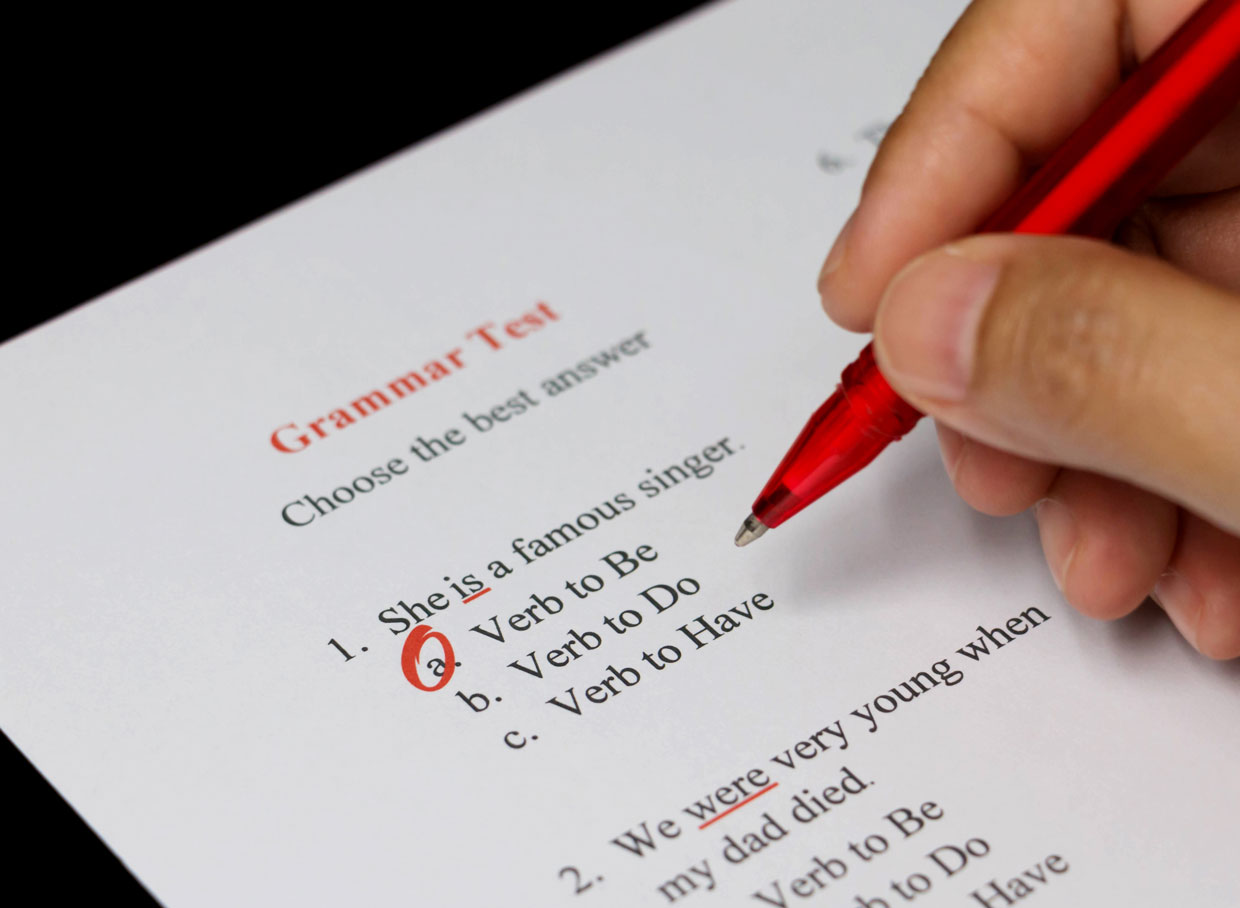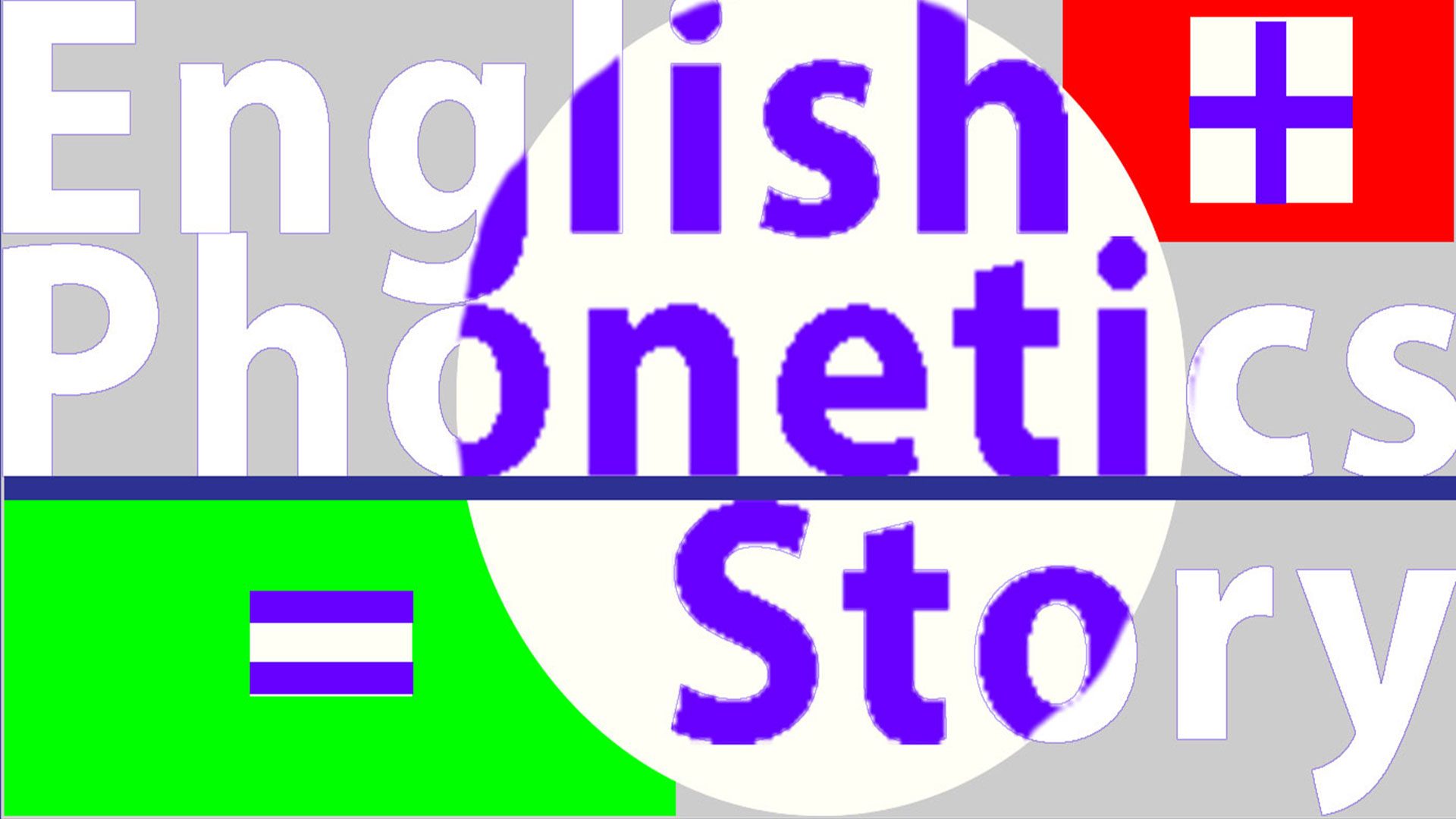More about Phonetics

Every unit starts with a group of lines written in phonetics. Before starting the course, the learner should follow The Phonetics Course to understand the phonetic symbols. It is a short, two-and-a-half-hour video course prepared especially by VirtuAule English Language System. The following links provide other important considerations about Phonetics.
Phonetic Symbols Overview (vowels)
Phonetic Symbols Overview (consonants)
Phonetics Exercises: Connected Speech – Bar Lines and Syllables
Phonetics Exercises – Connected Speech: Glides
In brief, the learner repeats the phonetics group which gives the opportunity to concentrate on producing exactly the correct sounds. The speaker speaks slowly, and the sounds are exaggerated. This slowly modelled pronunciation gives the learner the chance to hear and produce the individual sounds clearly and accurately. The learner develops the muscles in the mouth to make the sounds that are particular to English. In addition to producing the sounds, the learner acquires important listening skills which helps comprehension.
After each phonetics group, the learner works on the same lines from the English. Here, the speaker from the audio speaks clearly but at natural speed. The learner has the opportunity to read and pronounce the lines with good fluency and perfect intonation.
Over a short course of time, the reading of both the phonetics and English groups helps the learner to remember vocabulary and construct the grammatical structures without thinking about the grammar but by remembering the sounds.
The learner should repeat this preparation step as many times as possible as each repetition will consolidate the sounds into the memory of the learner.
Phonetics Practice
Phonetics Practice
What can the practice with Phonetics lead to?
It develops clarity and accuracy.
English Practice
English Practice
What can the practice with English groups lead to?
It develops fluency and intonation.










